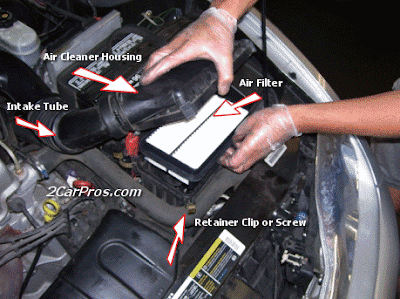Your car's battery is the starting point for every system it uses. So you should never let anything come between your car and a good battery connection.
In fact, you can notice that there are certain signs or symptoms when your vehicle battery is becoming weak:
1.Head lights become dimmer or less bright.
2.The horn becomes less audible.
3.Ignition becomes more difficult and the engine takes a longer time to start.
4.There will also be some problems with your automatic door systems.
Most common problems with car battery is corrosion. Car battery is powered by lead-acid battery, so it is best for nasty corrosion to happened, which will appear as white, crusty residue around the battery posts.
However, you can clean it by yourself, but you need to be extremely careful about this.
The first step is to remove your battery terminals. You can use open end wrenches or something more universal like or a small Crescent wrench.
You should always remove the negative cable first (black colour). Place one wrench on the outside nut and (if needed) the other wrench on the other side.
You can use a piece of tape to hold this lead away from the battery while working on the positive side, so that it doesn't touch the negative terminal again.
There are a number of ways to get the corrosion off your battery posts.The most easiest way is to mix the baking soda powder with some water to neutralize the acid that accumulate at battery terminals.
Squirt the solution on the battery posts and terminals, then brush it to remove the stain.
If you have a serious case of corrosion like the one in pictures above, you may want to remove the battery, and clean it up to prevent all that corrosion from getting around in the engine compartment.
You'll need a wire brush and a little elbow grease to liberally brush all of the parts, especially the inside of the terminals, until the corrosion is gone
Once they're clean, install anti-corrosion discs if you're using them. Remember to install the red disc on the positive post and the green on the negative.
Last step is to reconnect the battery. First attach the positive terminal clamp, and then attach the negative. Then, you are set to go.




















